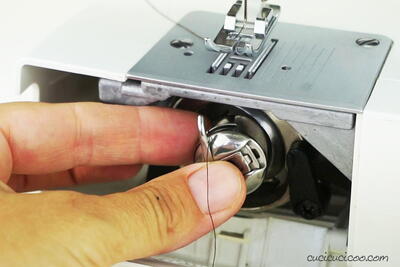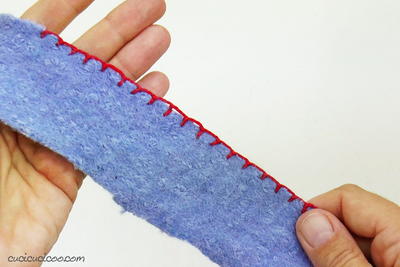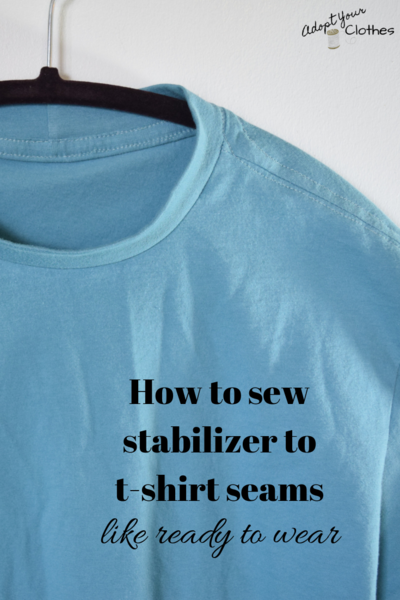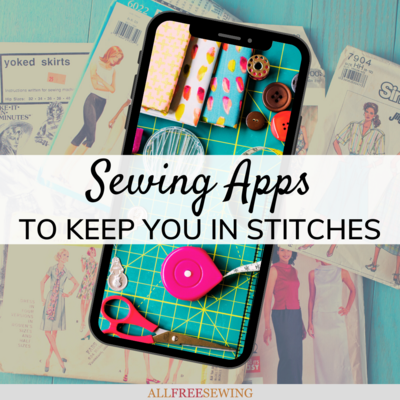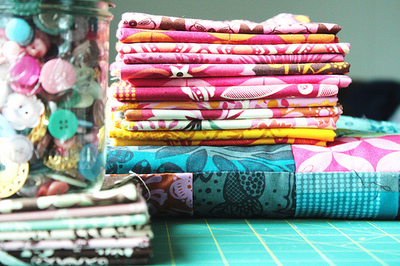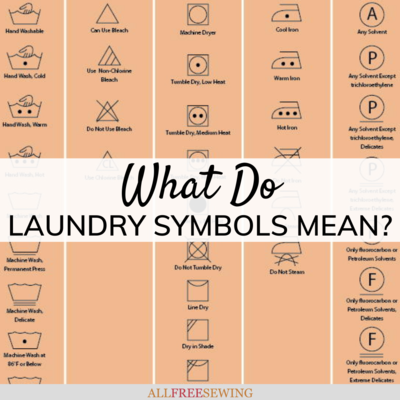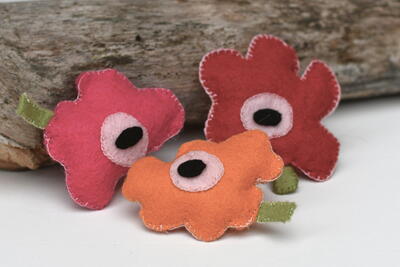How to Clean Vintage Fabric and Clothing
Cleaning vintage clothing and fabrics can be intimidating. This helpful guide will ease your worries.
Sewing with vintage fabrics can truly add some classy style to your projects. There is just something far too special and stunning about using old fabrics to make new pieces.
Whether you are working on a brand new piece or just have an old dress that needs some serious TLC, learning How to Clean Vintage Clothing and Fabric can be daunting.
Vintage fabric and vintage clothing are always special pieces. Whether the piece used to belong to your grandma or is just a one-of-a-kind print, it can be hard to take the plunge and scrub it clean. Not only is this fabric extra special, it is extra sensitive, as well. You do not want to just toss these pieces into the washing machine.
It requires special steps. Whether you are looking to learn how to remove yellow stains from fabric or just need to know how to properly wash those old linens, this how to clean fabric and vintage clothing tutorial is sure to help.
Sign Up For More Free Resources and Patterns
Note From the Editors: If a vintage item is very, very important to you and cost you a pretty penny, your best bet is to have it professionally cleaned. These how to clean vintage fabric tricks are helpful, but we do not recommend taking the risk with expensive and important items.
If you found vintage linens you want to wash up and try to make a skirt out of by all means use these methods. If you purchased a vintage wedding dress for your wedding day, get it dry cleaned.
What to Keep in Mind About Cleaning Vintage Clothing/Fabric
Before even getting started, there are some things to keep in mind when washing vintage fabric and pieces. These are the must-knows before even embarking on the project. Learning how to wash vintage clothing or how to clean vintage fabrics is way more complicated than regular washing.
- BE GENTLE. This fabric and these pieces are extra sensitive. They have seen a ton of wear and tear before you are putting your hands on them. When in doubt, do the gentlest thing. Do not wring out this clothing when it is wet, pat it dry.
- Temperature Matters. When it comes to washing vintage clothing and cleaning antique fabrics, both hot and cold water can do damage. Be sure to follow the usual protocol for washing the type of fabric on the garment, but avoid too intense of a temperature. Generally, lukewarm or room temperature water is much better than hot or cold water.
- Skip the harsh chemicals. While you may need to use a diluted bleach in some cases, skipping your usual washing routine will be your best bet. Natural solutions created from ingredients like lemon juice, white vinegar, and baking soda are often much more effective while still being gentle.
Prep Work and Testing Your Fabric
You will need to make sure that you can actually wash your vintage piece. Old pieces of clothing and antique fabrics can be extremely delicate. Sometimes even the slightest attempt to wash it can leave a seriously damaging aftermath.
Before deciding to wash anything, make sure you look over the piece and test out any sensitive areas by doing the following:
- Hold any fabric or material like lace and netting up to the light, inspecting it for any rips or tears. Old fabric is extra delicate. If you see a flaw in the fabric, consider skipping a scrub down or having a professional wash the piece.
- Test water against any embroidery. Older embroidered pieces can often give off some ink or residue. Dab a piece of wet cloth against any details to ensure that no color wipes away.
- Consider consulting a professional if your piece is a family heirloom or very important to you,. Washing things on your own can save you money, but if you cannot even THINK about damaging a piece it is best to leave it up to the professionals.
- Get your space ready. When cleaning important pieces and vintage fabrics, you will be hand-washing nine times out of ten. This means you are going to need the space for it. Whether you will be using a sink or a tub, make sure that space is extra clean and free of any residue. If you scrub down your sink with bleach or another harsh bathroom cleaner, I recommend rinsing it A LOT just in case or buying a plastic tub to use for hand-washing purposes.
How to Wash Vintage Fabric and Clothing
Much like washing normal clothing, the actual sudsy part of washing vintage fabrics varies wildly from piece to piece. You will obviously wash a dainty and lacy piece differently than you would vintage bed sheets or a full dress pattern.
That is why we have separated this portion into sections. I encourage you to do additional research on this topic before you begin washing. Quickly do a Google research session on how to wash that particular type of fabric before you get started.

Washing Vintage Silks and Other Delicate Materials
If your silk item has a lot of colors, dry cleaning is your best bet. Silk allows colors to run easily, especially in older silks. For silks, chiffon, broadcloth, etc. consisting of light colors or whites, you can hand wash the item in warm (not hot) water.
Once washing the fabric, soak it in water a second time with a teaspoon of vinegar to help remove the soap. Never ever wring out wet silks, instead, roll the silk in a towel to help it dry. Do not dry in direct sunlight or outside as this will cause the material to fade.
How to Remove Yellow Stains from Vintage Linens
Note: This method has been known to make some linen colors run. If you are worried about the item, consider having it dry-cleaned instead or try it out on a pillowcase or smaller item from the set first. Alternatively, this method SHOULD NOT be used on very old or delicate linens.
- Put your stained or yellowed linens into a large pot of water on the stove.
- Add ¼ cup of salt (Epsom) and ½ cup of baking soda.
- Bring the pot to a boil on the stove.
- Allow this to soak for several hours, stirring occasionally.
- You may have to replace the water several times or repeat this process.
How to Wash Vintage Clothing
Getting Rid of That Thrift Store Smell
You know the smell we are talking about. Whether you found a too cute vintage find at Goodwill or grabbed an old dress from your grandma’s closet that has been locked up for years, that musty and old smell is pungent and none too appealing.
If you want to save a vintage piece from assaulting your nasal cavities but don’t necessarily need to clean it (or are too afraid to try), consider the following methods to chase that stink away.
- Place white vinegar into a spray bottle and spray the item down. The vinegar will counteract the smells on the clothing. The pungent vinegar odor will fade over time.
- Try the above with vodka. Cheaper vodkas will actually work a lot better. Save your Grey Goose for fancy dinner guests.
- Steam the Item: If it is alright to steam the fabric you are working with, the heat and water can do wonders to remove odors.
- Seal the item into a closed container for 24 hours to one week with activated charcoal or a small bag of kitty litter (it contains activated charcoal) to soak up smells.
How to Dry Vintage Fabric
Vintage fabric should not be thrown into the dryer. The harsh heat and tumbling motion can easily damage sensitive fabrics and therefore should be avoided at all costs. Since vintage materials are often easily warped, hanging them on the line or even over a chair can be harmful, as well.
Try laying your pieces out flat on a towel to air dry. Linens can usually be hung on the line, just avoid putting anything in too harsh or direct sunlight.
Do you have any tips or tricks for cleaning vintage fabric?
Let us know in the comments!

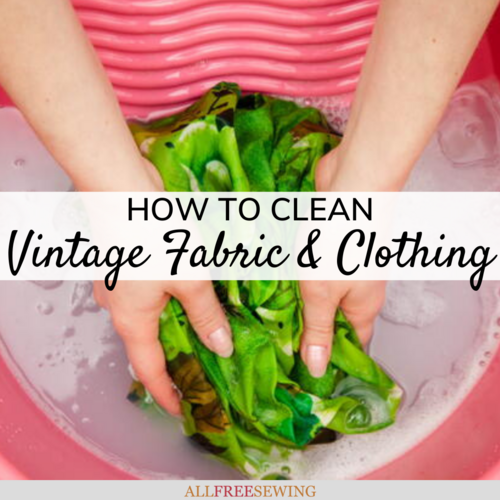
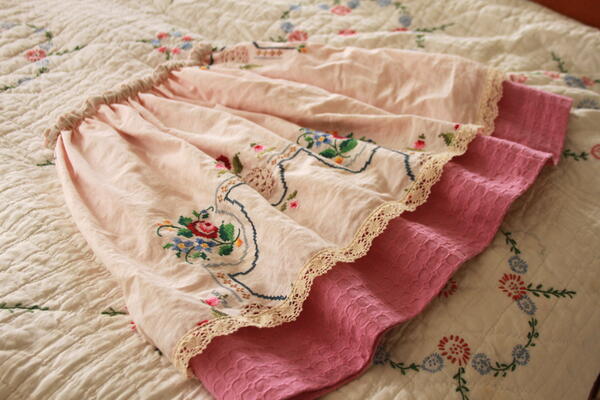
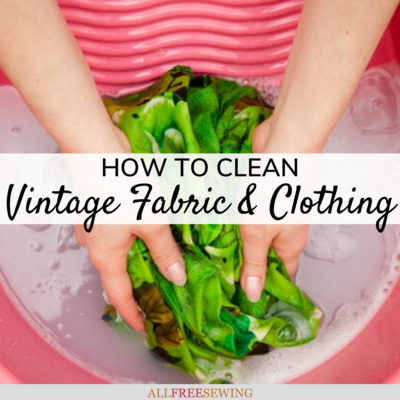
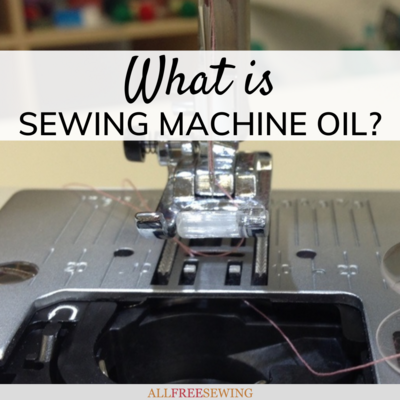
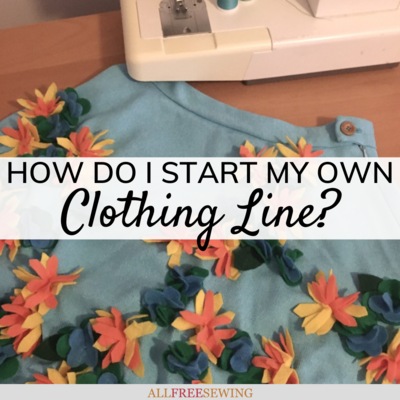
![Know Your Bras Guide [Infographic]](http://irepo.primecp.com/2022/01/516311/Know-Your-Bras-Infographic-square21-nw_Large400_ID-4638247.png?v=4638247)
